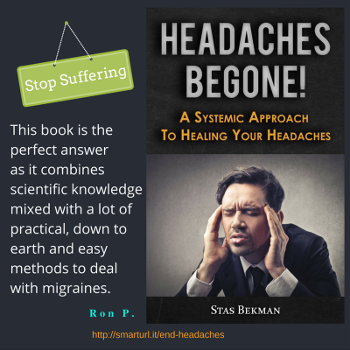6.2d Healing Problems: Infections
Description
This article is from the Piercing FAQ, by Anne Greenblatt with numerous contributions by others.
6.2d Healing Problems: Infections
The most frequent causes of infection is touching the piercing or the
jewelry with unwashed hands or contact with unclean items such as
clothing, bedding and hair.
Any infection should be treated seriously. Symptoms of infection may
include a discharge of yellow or green pus, pain, redness, swelling,
and the area will feel hot to the touch. Infected piercings often
bleed.
If the piercing is draining pus, do not remove the jewelry. If the
jewelry is removed, the openings of the piercing will close and the
infection will not be able to drain, which can result in an
abscess. An abscess is an infection that is trapped under the skin. An
abscess is indicated by a darkening and hardening of the surrounding
tissue, swelling, and pain. Cartilage piercings are particularly
prone to abscesses because of the different layers of tissue
involved. Occasionally an abscess will form even if the jewelry is
left in place, particularly if the piercing is extremely swollen and
constricting around the jewelry. In this case switching to thinner
gauge jewelry may allow the piercing to drain. An abscess usually
requires treatment with oral antibiotics and may require excision
(surgical removal). An infection may cause nearby lymph noes to swell
and become tender. An infection that does not clear within two to
three days or an abscess should be seen by a doctor.
Hot compresses or soaking the piercing in hot salt water will
encourage the infection to drain and increase blood circulation to the
piercing. Use 1/4 teaspoon sea salt or table salt to 8 ounces of
water. Epsom salt (hydrated magnesium sulfate) is not the same
chemical composition as sea salt or table salt (sodium chloride) and
should not be used. The tub or container used for soaking should be
disinfected using a household disinfectant or bleach solution. If more
than one piercing requires soaking, disposable cups should be used to
prevent spreading an infection from one piercing to another. The
cloth used as a compress should be disposable or washed in a bleach
solution between uses. Compresses should be made of clean disposable
materials such as cotton balls or gauze sponges; compresses can be
reheated in a microwave oven. Please see section 5.8 for an herbal
compress recipe.
Hydrogen peroxide is sometimes helpful in draining pus and debriding
an infected piercing. Hydrogen peroxide should not be used for daily
piercing aftercare.
Some people use over-the-counter antibiotic ointments to treat mild
infections. However, these products are not intended for puncture
wounds, prolonged use, or existing infections.
If untreated, a localized infection can quickly develop into
cellulitis or a systemic infection. Symptoms of cellulitis include red
streaks on the skin, swollen lymph-nodes, fever and chills. The area
surrounding the piercing will be extremely red, inflamed, swollen, and
painful, and the skin may develop an orange peel-like texture.
A systemic infection occurs when bacteria and toxins are spread
throughout the body by the bloodstream. Symptoms of a systemic
infection include fever, chills, joint aches, and an overall feeling
of weakness. A systemic infection can be life-threatening if not
properly treated. Treatment usually requires oral and intravenous
antibiotics.
Continue to:



